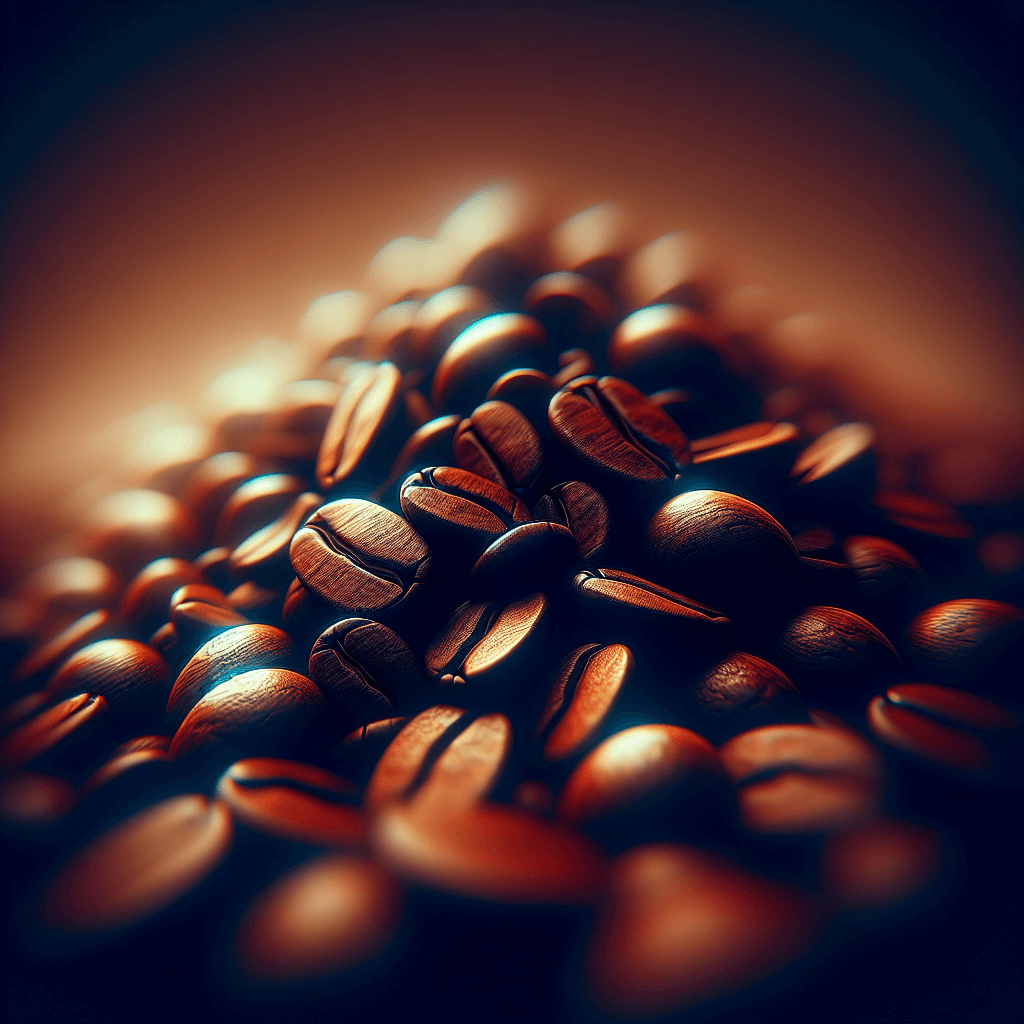
Coffee is one of the most beloved beverages around the world, a staple in the morning routine of millions. Its richness, aroma and taste stimulate the senses, making it a favorite drink at any time of the day. When it comes to coffee beans, Arabica and Robusta are the two most common types used in coffee production. Each type of bean has a distinct flavor, aroma and overall flavor profile, shaping the preferences of coffee lovers around the world.
Origin And Characteristics
Arabica beans are considered to be the first type of coffee ever cultivated, with a history of over a thousand years. Arabica was first found in the forests of Ethiopia, and then was brought to the Arabian Peninsula, where it received its name and wide recognition. Today, Arabica beans are cultivated in the “bean belt,” which includes countries in Central and South America, East Africa, and parts of Asia such as India and Indonesia. Arabica prefers a cool subtropical climate with rich soil and sufficient moisture, so it thrives at high altitudes. These conditions slow down the development of the beans, resulting in denser beans that promote the complex development of sugar and acid, which contributes to the quality of the coffee. Arabica plants are more susceptible to disease, which makes them difficult to grow, requiring careful care to avoid pests and fungal diseases.
Robusta, on the other hand, finds its origins in central and western sub-Saharan Africa, originating in countries such as Uganda and the Democratic Republic of the Congo. Unlike Arabica, robusta beans are cultivated at lower altitudes and in warmer climates, making several regions in Southeast Asia and South America also ideal for growing robusta plants. The Robusta plant is a more hardy species, resistant to diseases and able to withstand high temperatures and variable rainfall. This resistance makes robusta easier and cheaper to grow. It produces fruit much faster than the Arabica plant, allowing for a faster harvest. The beans have a more rounded shape and the plants themselves are also stronger, capable of producing larger yields that are stable from year to year.
The difference in their environmental needs means that Arabica beans are usually grown on picturesque hillside terraces, which can be a major challenge to manage while maintaining ecological balance. On the contrary, robusta’s hardiness allows it to be grown in a variety of conditions, including plantations where the soil may be less fertile. In addition, robusta plants can produce good crops at altitudes of up to 200 meters, unlike Arabica, which usually needs at least 600 meters to provide the cold temperatures necessary for it to grow properly.
Taste and Aroma
Arabica beans are known for their mild, complex flavor that will satisfy the discerning palate. These beans typically exhibit a wide range of flavor notes, including hints of chocolate, nuts, caramel, and fruits such as berries and citrus. The natural sugar and high acidity of the Arabica beans contribute significantly to these flavors, contributing to the brightness of the cup, which is highly valued among coffee connoisseurs. The acidity, similar to that of a natural wine, tends to be bright and crisp, accentuating the subtle flavors that flow through each sip. This complexity also extends to its fragrance, which can range from sweet and floral to earthy and herbal, offering an inviting and aromatic start to any day. Such rich flavor profiles are achieved by slowly ripening the beans at high altitude, allowing more time for deeper flavor compounds to develop.
Robusta beans, on the contrary, gives a much brighter, stronger taste. They tend to have a strong full flavor with a slightly harder and grainier profile than Arabica. Robusta beans contain higher levels of caffeine, which not only enhances the bitter taste of the beans but also makes the coffee physically stronger, which affects the overall mouthfeel. Robusta’s overall flavor notes are often described as earthy, nutty, or even woody, with less pronounced sweetness and very low acidity. This results in a heavier, sometimes creamy texture that can be richer in the mouth. The intense, powerful aroma of Robusta beans is plain and simple, making it less aromatic compared to Arabica, but very popular in blends, especially for espresso, due to the thick, lush foam they produce.
Both Arabica and Robusta beans go through different levels of roasting, which can further alter and enhance their flavor profiles. For example, Arabica beans, if lightly roasted, can bring out their inherent acidic and sweet characteristics, while a darker roast can bring out deeper notes such as chocolate and caramel. Robusta beans respond well to a darker roast, which can help tame their inherent bitterness and create a smoother, more pleasant flavor profile.
Economic and Environmental Considerations
Economically Arabica beans tend to command a higher price on the world market due to their flavor profile and the more labor-intensive conditions under which they are grown. Arabica beans are more expensive to grow, primarily because they are more susceptible to pests and diseases such as coffee leaf rust and coffee borer. This sensitivity requires more careful management, including the use of pesticides and fungicides, which can increase production costs. In addition, the ideal conditions for growing Arabica—cold temperatures and higher altitudes—limit the available land for cultivation, often placing these farms in remote areas, which can complicate logistics and increase transportation costs. However, the superior quality of Arabica allows producers to sell these beans at higher prices, often targeting specialized markets that appreciate the distinct flavors and properties of high-altitude coffee.
Robusta beans, on the other hand, offer a different economic perspective. They are less expensive to manufacture because of their strength, as the name suggests. They have a higher yield per plant and are less susceptible to disease, which reduces the need for expensive chemical treatments. Robusta plants also thrive in a variety of climates and at low elevations, expanding the range of suitable growing areas and potentially reducing transportation costs. These factors make Robusta a more economically viable option for farmers in many regions, especially in places where environmental conditions are not conducive to growing Arabica. Lower production costs can lead to lower market prices, making Robusta beans particularly attractive for use in mass-produced commercial coffee blends and instant coffee.
From an environmental point of view, growing both types of coffee has significant implications, although they differ markedly between Arabica and Robusta due to their different environmental requirements. Arabica’s requirement for forested highlands means that its cultivation can lead to deforestation if not handled responsibly. The shady, often mountainous regions that are ideal for growing Arabica are also critical habitat for wildlife, and clearing these areas for coffee cultivation can disrupt local ecosystems. Conversely, Robusta’s ability to grow in less than ideal conditions can minimize its environmental impact compared to Arabica. Its resilience makes it suitable for regenerative agricultural practices such as coffee intercropping, where coffee plants are grown alongside other crops, which can improve soil health and biodiversity.
Sustainable farming practices are becoming increasingly important as both consumers and producers become more environmentally conscious. In the coffee industry, there has been an increase in certifications such as Fair Trade and Rainforest Alliance, which promote sustainable coffee production by following standards that aim to preserve nature and ensure fair conditions for workers. These programs are critical to improving the sustainability profiles of both Arabica and Robusta production.

